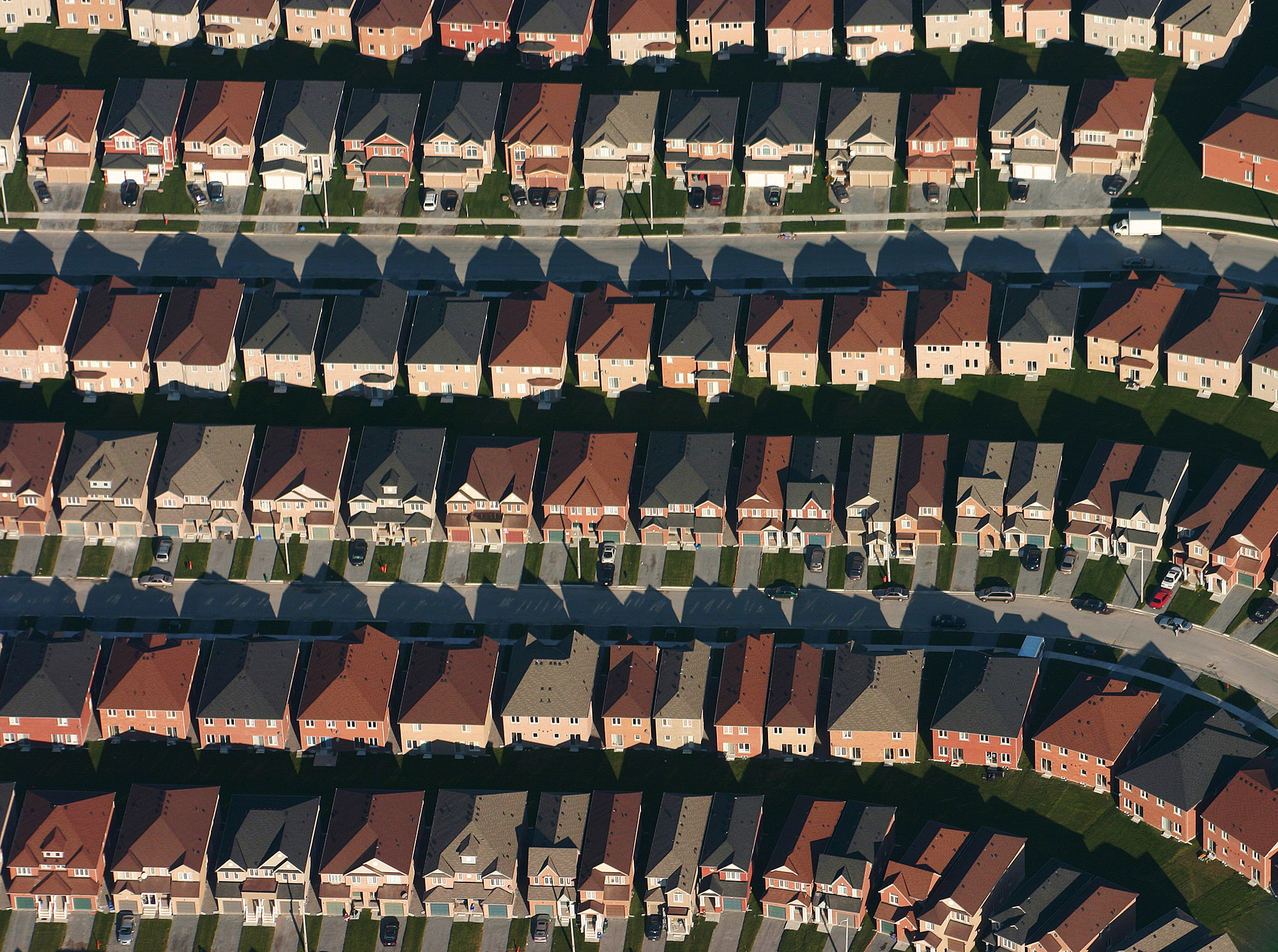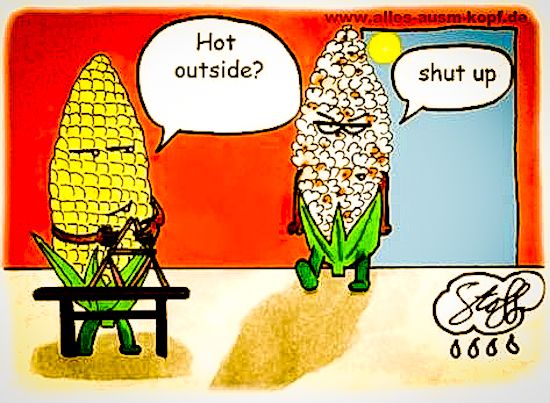

We hope everyone has a safe 4th of July celebration!
**OUR OFFICE WILL BE CLOSED JULY 3RD IN OBSERVANCE OF JULY 4TH. **
Equity markets dropped June 11 amid COVID-19 fears and doubts about a speedy economic recovery. These are sizable market moves, but we're looking at the bigger economic picture. We thought you would be interested in the following comments from Analyst Angelo Kourkafas of Edward Jones.

Stocks Pull Back on Virus, Recovery Concerns
Equity markets dropped on Thursday (June 11) as fears of a second wave of COVID-19 infections and doubts about a speedy economic recovery dampened investor sentiment. Stocks are on pace to decline the most in over a month with cyclical sectors underperforming and bonds rising.
While today's market moves are sizable, they should be framed in the context of the recovery witnessed in prices over the last few months. Since the March 23 bottom, the S&P 500 has risen 42%, while volatility has subsided.* In our view, a longer-term economic recovery is underway, but a lot of uncertainties remain, likely triggering periodic setbacks along the way.
Virus path remains uncertain - The rate of new, confirmed coronavirus cases in the U.S. peaked in mid-April and, while still elevated, has steadily declined since, supporting investor confidence. However, a lot of that improvement has been driven by a deceleration in cases in former hot spots such as New York and California. At the same time, there has been an acceleration of infection cases and hospitalization rates in a handful of states leading the reopening, such as Arkansas, Arizona and Texas.
Since the trigger for this crisis is biological rather than financial, progress on the medical front will play a key role in the shape of the recovery. Even though there have been some initial signs of success in human trials of a COVID-19 vaccine, this development remains uncertain. In addition, the likelihood of a second wave of infections could constrain economic growth.
Fed warns economy faces a long road to recovery - The Federal Reserve reiterated on June 10 its pledge to keep rates near zero until the economy has weathered the crisis, with most Fed officials projecting rates staying near zero through 2022. The Fed also updated its quarterly economic projections, showing a steep GDP decline this year followed by a gradual recovery. Unemployment and inflation are forecast to recover over the next two years but remain below the long-run trend.
The committee's caution on the economic outlook clouded some hopes for a speedy recovery, suggesting a long road ahead. Our view is that a gradual economic recovery is underway as the economy slowly reopens. However, given the magnitude of the downturn, it will likely take several years for economic activity to reach pre-pandemic levels.
Setting realistic expectations - The speed and aggressiveness of the rebound in stocks imply that expectations about an economic restart might be somewhat optimistic. We believe the path for the markets in the second half of 2020 will likely be bumpy as periodic setbacks stoke volatility. However, higher volatility doesn't necessarily mean a repeat of the conditions we experienced in March, which were fueled by extreme uncertainty around the pandemic, the policy response and the duration of the lockdowns.
There are still plenty of uncertainties and unknowns, but ultimately, an economic recovery will take shape, in our view. Investors should consider rebalancing opportunities and systematic investing at regular intervals, which can reduce the "timing" aspect as volatility plays out.
Angelo Kourkafas, CFA
Analyst, Investment Strategy
*Source: Bloomberg.
Why You Should Pay Attention to the 2020 Census
Written in part by the Texas REALTORS® Staff

The constitutionally mandated decennial census that the U.S. is currently undertaking through December, 2020, will affect many aspects of your business and community. Data from the census is used to draw political district lines, determine how many congressional representatives states receive, and distribute billions of dollars in federal funds to states and local communities.
An undercount of your community may threaten federal funds for local programs, affect infrastructure projects, and muddy the data private companies use to target expansion or investment.
Find out more about the census: https://www.census.gov/partners/2020.html
Read more about the Texas Census Demographics: https://demographics.texas.gov/
United States Census 2020 FAQs: https://2020census.gov/en/about-questions.html
Suburban Space Gains Popularity as
Housing Recovery Begins

The pandemic has caused more Americans to rethink where they want to call home. In many
regions, suburban and rural areas are seeing stronger recoveries from the pandemic than
their nearby urban areas, according to a new report from realtor.com®.
In May, online listing views at realtor.com® in suburban ZIP codes rose by 13%, nearly
double the pace of growth of urban areas. More than half of the nation’s 100 largest metros
are seeing rising interest in the suburbs, realtor.com® reports.
“This migration to the suburbs is not a new trend, but it has become more pronounced this
spring,” says Javier Vivas, realtor.com®’s director of economic research. “After several
months of shelter-in-place orders, the desire to have more space and the potential for more
people to work remotely are likely two of the factors contributing to the popularity of the
burbs.”
In recent years, suburban areas have started to outpace urban areas in growth in terms of
views per property at realtor.com®. May data marks the second largest gap between
suburban and urban views since realtor.com® began tracking such data in 2016. Listing
views per property in rural and suburban ZIP codes were up an average of 16 and 13%
annually, respectively. Views per property in urban areas, on the other hand, were up 7% year
over year
“Suburban interest typically peaks during the summer, as families look to move before the
start of the school year,” says Vivas. “However, suburban interest in May outpaced last year’s
July peak, which could indicate even stronger interest in the suburbs as summer
home buying season continues to heat up.”

Actions to beat the heat this Summer
Pay attention this Summer to the Weather Network channel, the radio and the web for heat alerts.
Following are some actions to protect yourself against the heat. Choose your actions depending on your exposure and individual vulnerability to heat:
- Avoid peak times and stay indoors during the hottest time of the day from 10AM – 4PM if possible.
- Apply sunscreen before going outdoors and reapply every 2 hours.
- Protect your eyes. Wear sunglasses to protect your eyes from UV rays.
- Drink plenty of cool fluids, especially water, BEFORE feeling thirsty
- Sprinkle clothing with water and splash cool water on your face and back of neck
- Seek shade when possible and use a tree, umbrella or tent to protect you from the sun.
- Take cool showers or baths until refreshed.
- Spend a few hours in a cool place (mall, library, shaded park or at the pool).
- Wear lightweight, loose-fitting and light colored clothing.
- Keep the sun out with curtains or blinds
- Avoid using the oven or cooking a meal. This is a great time to use your grill!
- Frequently visit a vulnerable family member or neighbor to make sure they are okay.
- Never leave someone or a pet in your care inside a parked car.
Heat-related illnesses are preventable
Seek medical attention if you experience symptoms that are out of the ordinary:
Heavy sweating, paleness, muscle cramps, faintness, fatigue, dizziness, headache and nausea




